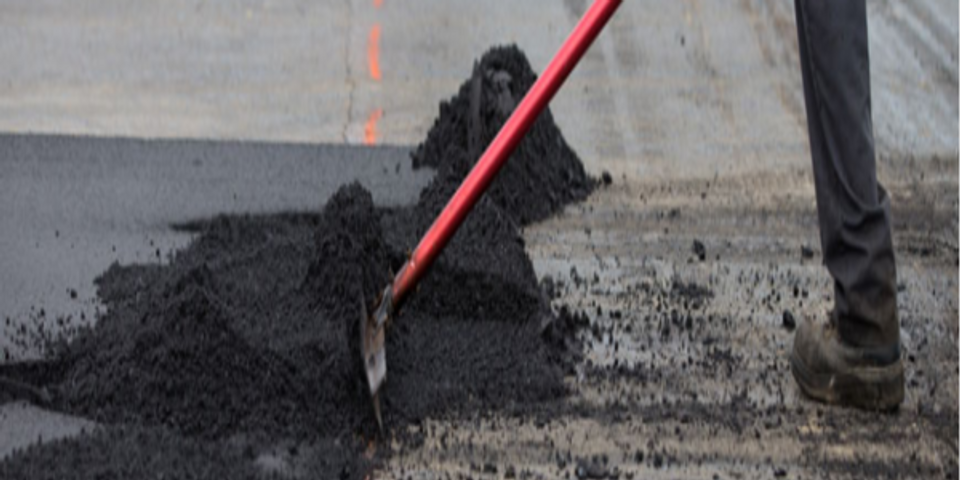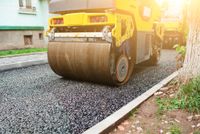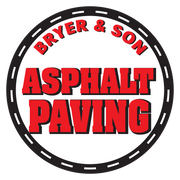3 Essential Steps For Resurfacing Asphalt Driveways

Asphalt driveways and parking lots play a significant role in ensuring easy access to your business. Quality pavement will even improve your curb appeal. Over time, however, asphalt surfaces will deteriorate, resulting in cracks and potholes that can give your property an uncared-for appearance and pose a safety risk for vehicles and pedestrians. Resurfacing is one of the best ways to restore the surface’s condition. Here is how that process is completed.
3 Important Phases of Asphalt Driveway Resurfacing
1. Tear-Out of Old Materials
While you can lay new asphalt over a current paved surface, you will typically get longer-lasting results if the old asphalt or concrete is removed first. Heavy machinery will be used to tear out the old materials, which can typically be recycled for future use.
2. Sub Base Preparation
 Once the old asphalt has been removed, the sub base will be sloped and graded to ensure proper water drainage. The addition of a gravel layer will also ensure proper drainage and mitigate damage that could result from repeated freeze and thaw cycles. This layer must be compacted to provide uniform strength across the entire surface.
Once the old asphalt has been removed, the sub base will be sloped and graded to ensure proper water drainage. The addition of a gravel layer will also ensure proper drainage and mitigate damage that could result from repeated freeze and thaw cycles. This layer must be compacted to provide uniform strength across the entire surface.
3. New Asphalt Installation
With the sub base in place, the new asphalt can be installed. For best results, a compact base or binder layer will be installed first. After this layer cures, the surface asphalt will be added to the top of the driveway. Butt joints will be used to smoothly connect the new asphalt to any pre-existing surfaces. Once the final layer of asphalt is in place, a roller truck will compact and smooth the entire driveway.
Whether you need to resurface asphalt driveways or have another paving need, you can depend on Bryer & Son Asphalt Paving Co. Serving Cabarrus County, NC, since 1979, this paving contractor has earned an A+ BBB rating thanks to their quality mixtures and reputation for reliable work. To learn more about their paving services, visit them online or call (704) 786-7787.
About the Business
Have a question? Ask the experts!
Send your question

